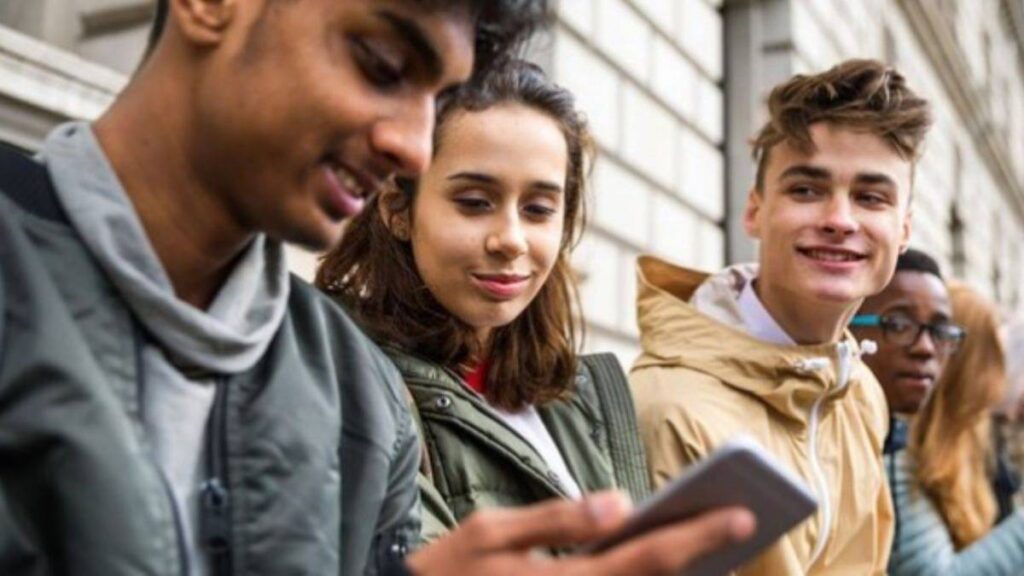
The United States has long enjoyed the reputation of a melting pot for all races. Government leaders have always touted the country as a haven for everyone and a theater of dreams for the ambitious and hardworking. But how diverse is the United States?
A recent report by the U.S. Census Bureau has shown that the country hasn’t always been as diverse as people portrayed and believed. But the exciting part of the report states that the diversity the country has claimed to have is just beginning to emerge.
Diversity is growing, says the report, and along with it has come a spike in population in many cities. Even counties that were way more white than any other race are experiencing a revolution.
The country, which has been mostly white since its creation, has seen some slow changes over the past four decades. In 1980, white people made up an overwhelming 80% of the population. Blacks were the next on the ladder with 11.5%, followed by Latinos with 6.5% and Asian Americans with 1.8%.
Also Read: Michigan Teen Speaks Out After Suing School District for Racial Slurs and Threats
Twenty years later, there was a significant shift in the Latino or Hispanic population. Their population grew to 12.6% to overtake the blacks, who were at 12.1%. The Asian Americans also advanced in numbers.
This race, which includes Pacific Islanders and Native Hawaiians, grew by 2% to make up 3.8% of the country’s population. Another striking observation during this period was the significant drop in the white population. Whites fell by more than 9 points to 60.1% of the nation’s population.
The new study also has some good news about Latinos or Hispanics. Their population progressed to 18.5%, while Asian Americans comprised of the American population. The blacks didn’t undergo any change as their numbers remained stable at 12.1%.
POLL—Should Public Schools Include Critical Race Theory and Sex Education in Their Curriculum?
In all 50 states of the nation (not including Washington, D.C.), the drop in the white population has had some ramifications. From 2010 till date, the population has become more colorful in “358 of the nation’s 364 metropolitan areas and 3,012 of its 3,141 counties,” according to a Washington-based research organization.
The organization’s report attributed the remarkable rise in the Latino and Asian American population mostly to natural increase. Next to that, immigration also played a big role, especially for Asian Americans and even more than the Latinos.
“Net immigration accounted for 74% of Asian American growth, but just 24% of Latino or Hispanic growth,” the report said. Over the past few years, there has been an unprecedented influx of Hispanics across the southern border, so we can expect the tables to turn when the next numbers are released.
Also Read: Hospital Chief Diversity Officer Apologizes for Controversial “Privilege List” Amid Backlash
What is most interesting, however, is that the younger generation is remarkably more diverse than the older. While the other generations are still significantly white, the Gen Zs and Gen Alphas are doing things pretty differently.
Richard Alba, Professor Emeritus of City University of New York, has summed up what we should expect from the future population counts.
“In a sense, we’re forming a new kind of mainstream society here, which is going to be very diverse,” he said. But whites are going to be a big part of that. It’s not like they’re going to disappear and be supplanted,” he emphasized.
You Might Also Like:
Will Trump Win His Immunity Fight Now That He Has Gone to the Supreme Court?
Historic Wyoming Ranch Goes Back on Sale for $67 Million
Moscow Judge Convicts American Dad for Abusing Sons in Texas
Critics Accuse Trump of Nepotism for Endorsing Lara Trump as RNC Co-Chair
How Does the Proposed California Wealth Tax Work?
